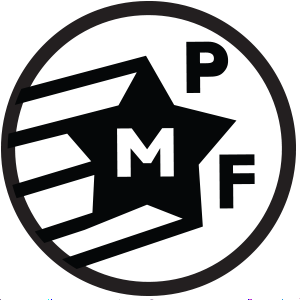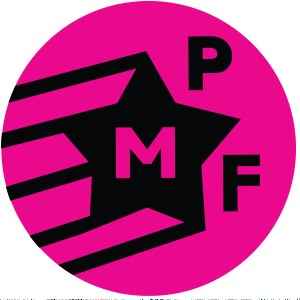I subjectively selected a number of world brands which are well known and had a long brand story, because of intense advertisement, they are a world champions for production and consumption. Basically, all of them are sweets, fast food industry products, and sweet soft drinks. Usually it is available in the cash-desk area in stores, forcing people to make impulsive purchases while waiting in the cue. Such goods are rather unhealthy than fine and could break our food habits snacking between a proper meal, leading to diseases after sugar overconsumption. That raises the question about the need for consumption in such a quantity. Here are selected brands: Chupa Chups, Coca-Cola, Kinder Surprise, McDonald’s, Snickers, Starbucks, Tic Tac, Turbo. These are available in every store all over the world and exactly in the New East countries: large shopping malls with a size of 210 thousand square meters in Moscow, or in the 20 square meters family stores in small Czech town Harrachov. I could give examples from Asian and American countries as well, but my field of interests does not cover all the areas. Nevertheless, it is very important that I could talk about the world-wide scale experience. All mentioned brands are represented everywhere in the world, which could be interpreted as a sign of globalization.
So, looking at the trash bins all over the world we could find out that people consume the same sweets and drinks… Candy wrapper from Snickers could be found on the streets of Warsaw, Moscow, Prague, Kiev, Bratislava, Bucharest etc. People with the same customer stories which made them have something in common. The same trash, the same identity, the same consumption habits, even the same values, because the advertisement triggers them the same way.
The exhibition concept originally was created for BWA Studio Gallery in Wroclaw. But for a few reasons the exhibition took place not in Poland, but in Russia — twice, at the halls of the Contemporary Art Museum in the city of Siberian Omsk and at the private gallery "The Left Leg" in autumn 2019.
Here is a visual concept of the exhibition "Raw Capitalism", where I worked with trash as a source for creating art pieces. All the pieces are rendered and digitally reproduced out of thrown away wraps and packages of world well known products, like Snickers chocolate bar and McDonald's package of french fries. So I use trash as an inspiration. It's very interesting that today looking at the trash bins all over the world we could find out that people consume the same sweets and drinks… Candy wrapper from former English Wispa chocolate or originally german Kinder Surprise package could be found on the streets of Warsaw, Moscow, Prague, Kiev, Bratislava, Bucharest etc. People with the same customer stories which made them have something in common. The same trash, the same identity, the same consumption habits, even the same values, because the advertisement triggers them the similar way. Trash takes a new meaning, becoming something more than just a waste of daily routine: we can see an unusual marker of total globalisation and even premise of future ecological disaster...
Exhibition "Raw Capitalism", 09.2019, Russia, Omsk, The Left Leg Gallery. Personal exhibition, contains 10 works from "Raw Capitalism" series, digital prints, 100x70cm each piece. Curated by Dima Virze and Kira Gazova.
Exhibition "Dust and Noises", 10.2019, Poland, Wroclaw, The Impart Gallery. Collective exhibition, students and teachers of Digital and Experimental Printmaking Studio conducted by professor Aleksandra Janik, ASP Wroclaw, (contains 3 works from "Raw Capitalism" series). Curated by Paweł Puzio and Wojciech Kolarz.
Exhibition "Raw Capitalism", 10 — 11.2019, Russia, Omsk, Contemporary Art Museum. Personal exhibition, contains 14 works from "Raw Capitalism" series, digital prints, 100x70cm each piece. Curated by Larisa Timkova.
"Silesian Raw Capitalism", video, 2:20min, IPhone 7 camera, You Tube videos, final cut created in iMovie video editor, 2019.
This piece is a result of such research in one particular area — Western part of Poland. A short documentary, all the scenes were captured on the streets of Polish Lower Silesia region, mostly in Wroclaw, its capital and the largest city. It’s interesting that Raw Capitalism examples, like DIY-signboards and advertisement murals still exist in reality... The original, quite common for the locals, but really beautiful and peculiar visual language of these things strongly connected with the 90s, the period when Eastern Europe just had settled up in a world of western values and capitalism. I also included here a part of a video-blog, created by Ukrainian immigrants. I found an interesting you-tube video, where they made a tour for weekend outdoor flea-markets in Wroclaw, showing the shelves with gods and commenting on this. I guess the original idea of the video was to inform people about the market and nothing more. But in the end we got a documented masterpiece, encapsulating the atmosphere of Polish «Targowisko» («spontaneous market», Polish language) became more and more difficult and hard to find nowadays...

